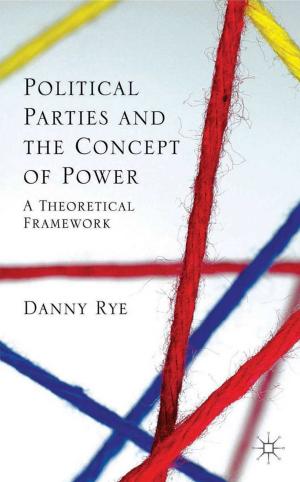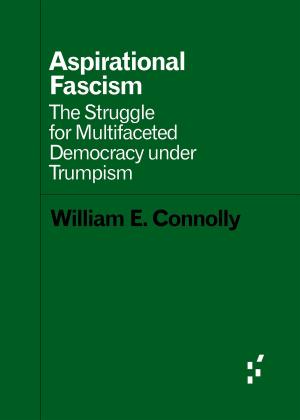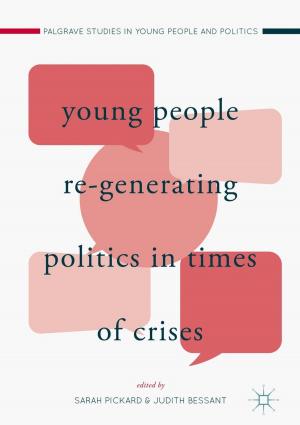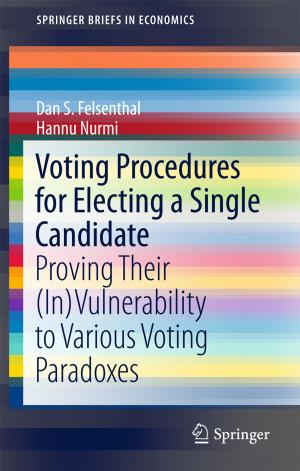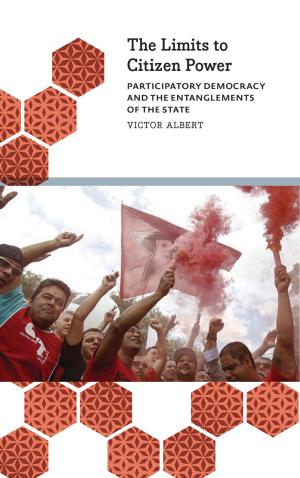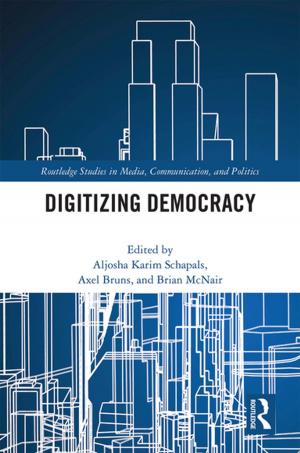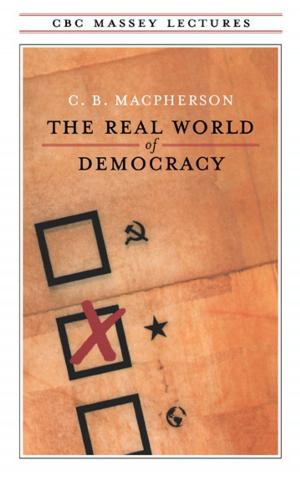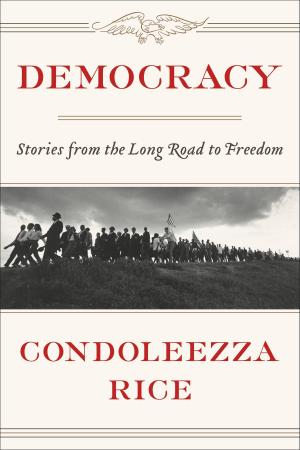Revolution on the Ground
Nonfiction, Social & Cultural Studies, Political Science, Government, Democracy| Author: | Steven Greffenius | ISBN: | 9781466142480 |
| Publisher: | Steven Greffenius | Publication: | May 14, 2011 |
| Imprint: | Smashwords Edition | Language: | English |
| Author: | Steven Greffenius |
| ISBN: | 9781466142480 |
| Publisher: | Steven Greffenius |
| Publication: | May 14, 2011 |
| Imprint: | Smashwords Edition |
| Language: | English |
Citizens who want to replace their government have several options. The standard method is to elect new representatives and a new president. For a long time we have assumed that electorally driven processes will work, but we have discovered they do not.
Another option is a people's movement to force removal of the government. That implies a traditional revolution, often violent, seldom orderly. Few want to follow that course: it's difficult, it is easily branded illegal, and it would not work in this country.
A third option is to use constitutional means to shift responsibility from institutions that function poorly to institutions that function well, from institutions that degrade liberty to institutions that preserve it. This path of change would ensure that an irresponsible national government cannot operate with its former reach. The problem with this path is that change resistant institutions can resume their old ways after citizens go home. Another difficulty is that constitutional changes take a long time - time that partisans of existing institutions can use to keep the national government strong.
That brings us to a fourth option that complements the third: ignore the national government and replace it with alternate, regionally based institutions of governance. Return governance to the vision of democracy in Tocqueville's Democracy in America, where citizens almost universally participate in their local institutions. The so-called powers that be in Washington were just not that important: in particular, people didn't send their money there. The problem with this vision is that it could and perhaps ought to lead to separate, autonomous regions. Citizens are loyal to their country, and many would not want to see it break up.
Revolution on the Ground considers the problems and prospects associated with the third and fourth options, identified here with a constitutional convention and civil resistance. It explains why these plans are the most practicable means among those available. Lastly, it explains why these two methods, despite their difficulties, are most likely to work.
So let's start exploring. Remember as we travel that a country and a government are not the same thing. Yes, citizens of a democratic republic are responsible for their governing institutions and the quality of their leadership. Still, just as the Marine who stands guard during the midnight watch is not responsible for an illegal war or a surprise attack, busy citizens betrayed by their leaders are not to blame when their leaders destroy democracy. All they can do is resist. They must resist, and remember who betrayed whom. To save their country, they must alter or abolish their government.
Citizens who want to replace their government have several options. The standard method is to elect new representatives and a new president. For a long time we have assumed that electorally driven processes will work, but we have discovered they do not.
Another option is a people's movement to force removal of the government. That implies a traditional revolution, often violent, seldom orderly. Few want to follow that course: it's difficult, it is easily branded illegal, and it would not work in this country.
A third option is to use constitutional means to shift responsibility from institutions that function poorly to institutions that function well, from institutions that degrade liberty to institutions that preserve it. This path of change would ensure that an irresponsible national government cannot operate with its former reach. The problem with this path is that change resistant institutions can resume their old ways after citizens go home. Another difficulty is that constitutional changes take a long time - time that partisans of existing institutions can use to keep the national government strong.
That brings us to a fourth option that complements the third: ignore the national government and replace it with alternate, regionally based institutions of governance. Return governance to the vision of democracy in Tocqueville's Democracy in America, where citizens almost universally participate in their local institutions. The so-called powers that be in Washington were just not that important: in particular, people didn't send their money there. The problem with this vision is that it could and perhaps ought to lead to separate, autonomous regions. Citizens are loyal to their country, and many would not want to see it break up.
Revolution on the Ground considers the problems and prospects associated with the third and fourth options, identified here with a constitutional convention and civil resistance. It explains why these plans are the most practicable means among those available. Lastly, it explains why these two methods, despite their difficulties, are most likely to work.
So let's start exploring. Remember as we travel that a country and a government are not the same thing. Yes, citizens of a democratic republic are responsible for their governing institutions and the quality of their leadership. Still, just as the Marine who stands guard during the midnight watch is not responsible for an illegal war or a surprise attack, busy citizens betrayed by their leaders are not to blame when their leaders destroy democracy. All they can do is resist. They must resist, and remember who betrayed whom. To save their country, they must alter or abolish their government.

